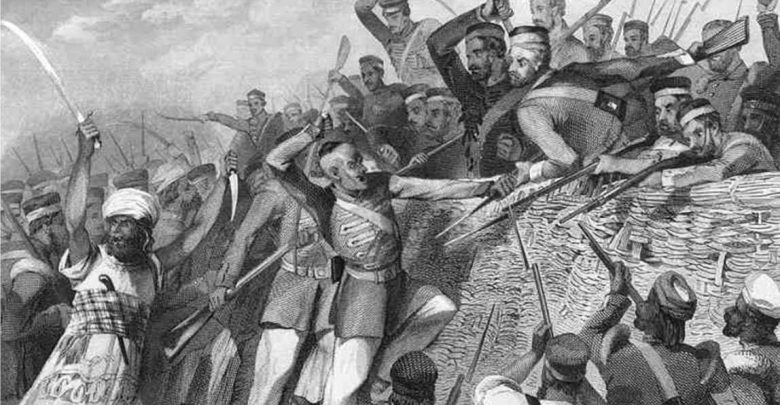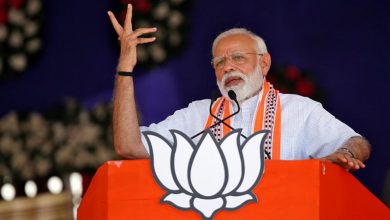
The Indian Revolt of 1857 bears many names. Some may call it The Sepoy Mutiny, others might call it the Great Rebellion or even India’s First War of Independence. William Dalrymple, a Scottish historian argued that the term “mutiny” is too narrow and ” War of Independence” is on the wide end of the spectrum. Other historians on the other hand, say that Rebellion is the more suitable term. So from here on out, we’ll refer to the Indian Revolt as the Indian Rebellion of 1857.
Before we begin to tackle the gist of the Indian Rebellion, let’s first trace it back to where it all began. India’s abundant spice industry sparked interest in Westerners particularly the British. In the beginning, the British East India company founded in the year 1600 set up posts in India to encourage trading in spices and textiles. Because of this, British westerners became Indianized because of their deep affinity with exotic foreign goods. As their passion for trading grew, so did their hegemonic desire to control the subcontinent by fighting off the Indians and the French. The events resulted in a British victory that was deemed The Battle of Plassey (1757) where they secured their iron fist over India.
Fast forwarding into the future, a hundred years later to be exact, taxes started rising and land rights started to be denied to Indian tribes. Britain’s military operation over India was a successful one which resulted in India’s downfall of events. An example of this is how the Indian tribes resorted to banditry, protests and blatant disorder. Interestingly enough, the slang word “thug” originated from the Hindi word “Thugee” which means deceit. The native people were awash with fear when their temples were turned into churches and that the British were trying to convert them to Christianity.
As the years progress, we can notice how the British didn’t colonize India in a single blow. Instead, they took their sweet time. The British presence began to rule in 1780, British men started to wed Indian women, while in 1820, only 1 in every 7 Indian women were married to Brits. We spoke about the backdrop of the events that led to the 1851 revolt and now we’ve reached the core of this vital piece of history.
The Enfield Pattern 1853 rifle used by the British empire was a complex rifle that was offensive to the Sepoys in India. To load it, it required the user to bite the new paper cartridge to release the bullet and gun powder. Unfortunately, the paper cartridge was laced with pork and beef fat that was largely offensive to the Hindu and Muslim Sepoys who used them. This led to the tragic event of a young Sepoy officer named Mangel Pandey to shoot his fellow officer. In the end, he was terminated and is now considered a prominent figure in Indian history for being brave enough to go against the grain. The rebellion was short lived as they marched towards Delhi and exhausted their energies to fight against the British. The rebellion was mostly contained in the North of India.
The Indian Revolt of 1857 had diverse political, economic, military, religious and social causes. Many people were killed in the short-lived 2 years of war. Multiple Indians were murdered in retaliation for standing up for their rights during the brutal war. Finally, in the year 1947, almost 200 years after, India finally gained their Independence. Hooray for India!



